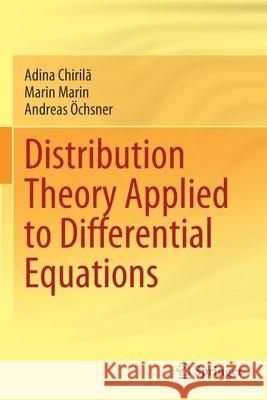Distribution Theory Applied to Differential Equations » książka
topmenu
Distribution Theory Applied to Differential Equations
ISBN-13: 9783030671617 / Angielski / Miękka / 2022 / 286 str.
Distribution Theory Applied to Differential Equations
ISBN-13: 9783030671617 / Angielski / Miękka / 2022 / 286 str.
cena 523,30
(netto: 498,38 VAT: 5%)
Najniższa cena z 30 dni: 501,19
(netto: 498,38 VAT: 5%)
Najniższa cena z 30 dni: 501,19
Termin realizacji zamówienia:
ok. 22 dni roboczych
Dostawa w 2026 r.
ok. 22 dni roboczych
Dostawa w 2026 r.
Darmowa dostawa!
Kategorie:
Kategorie BISAC:
Wydawca:
Springer
Język:
Angielski
ISBN-13:
9783030671617
Rok wydania:
2022
Ilość stron:
286
Waga:
0.40 kg
Wymiary:
23.39 x 15.6 x 1.52
Oprawa:
Miękka
Wolumenów:
01
Dodatkowe informacje:
Wydanie ilustrowane











